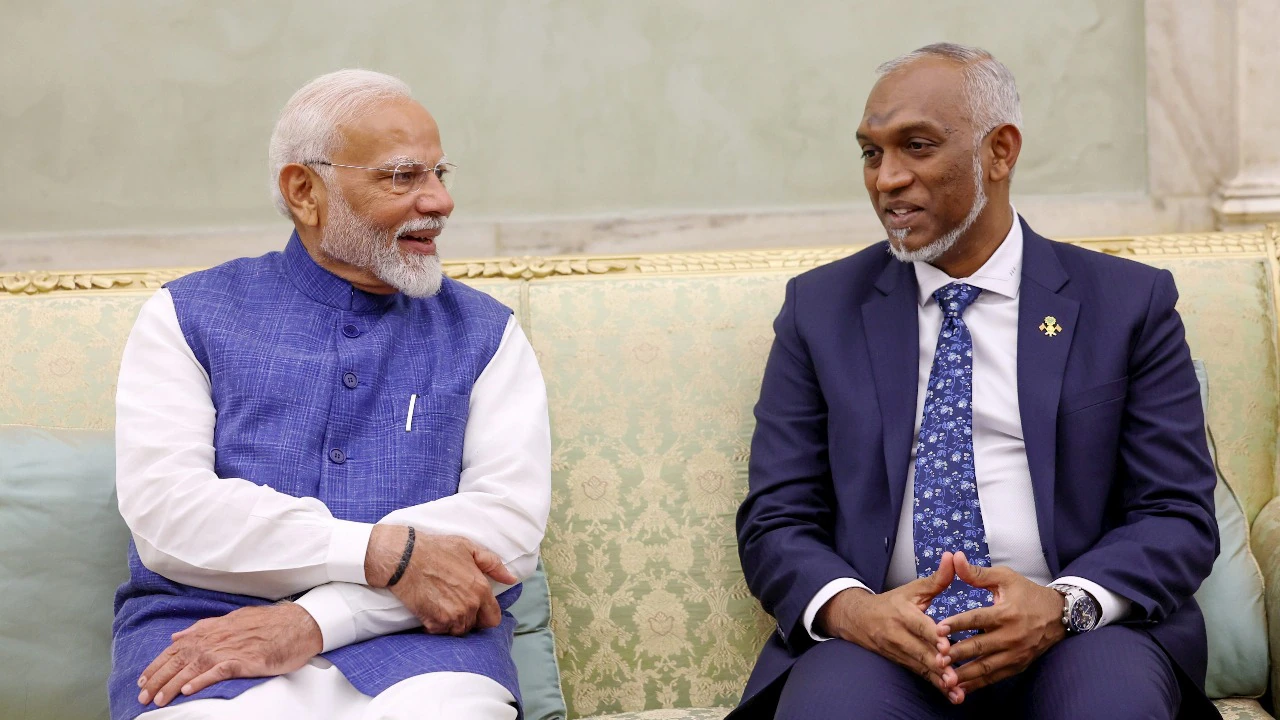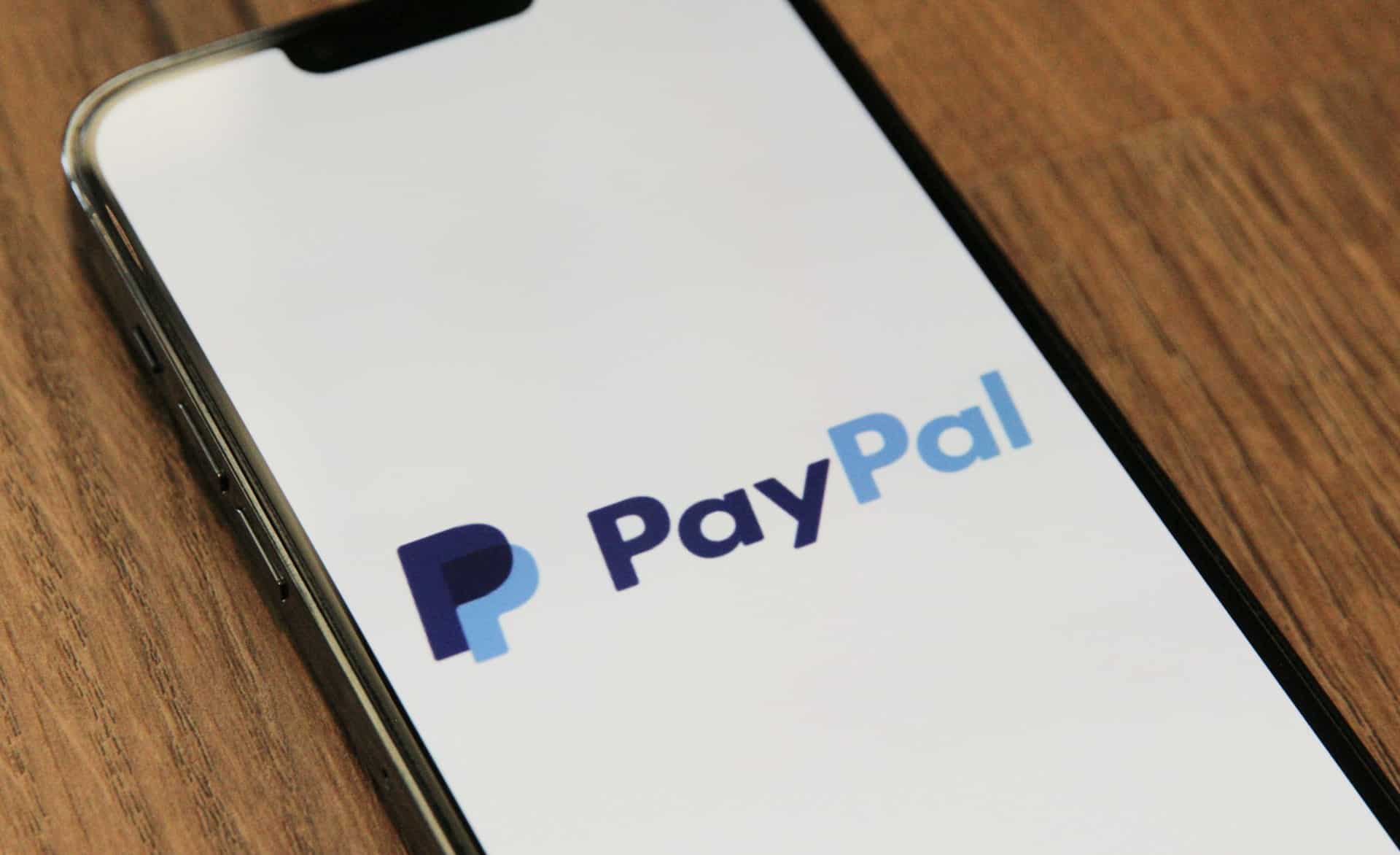OpenAI: Transforming from Altruistic Dream to Tech Titan

The Shift from Research Lab to Corporate Giant
OpenAI started with a noble mission: to create artificial general intelligence for the benefit of humanity. However, as it grew and secured substantial funding, it increasingly resembled a typical tech company, raising concerns about its original goals. The tension between its altruistic roots and investor demands is becoming more evident.
Recent developments underscore this shift. Following the launch of a new AI model boasting improved reasoning capabilities, OpenAI is considering abandoning its nonprofit status, causing unease among employees and stakeholders.
Leadership Changes and Departures
OpenAI is facing a wave of senior departures, including Chief Technology Officer Mira Murati, who left to pursue personal projects. On the same day, Chief Research Officer Bob McGrew and VP of Post-Training Barret Zoph also announced their exits, raising concerns amid ongoing leadership turmoil.
CEO Sam Altman downplayed the significance of these changes on X, describing them as a natural evolution but acknowledging the abruptness of the situation. This follows a tumultuous year marked by his brief ousting over transparency issues.
Interestingly, many board members who supported Altman’s firing have since resigned, strengthening his leadership position. The once collaborative environment appears to be shifting towards a more hierarchical structure.
Altman’s influence has transformed OpenAI into a major player in tech, yet the company faces criticism for prioritizing rapid product development over safety and ethics.
As OpenAI moves towards a profit-driven model, it must find a balance between innovation and its foundational mission. The future is uncertain, but its trajectory suggests a departure from the collaborative research ethos that once defined it.
The pressing question for the tech community is: Can OpenAI uphold its commitment to humanity while pursuing corporate success?
Related News
More News
Latest News

Maharashtra assembly election result 2024 latest update

US Military Launches Strikes on 15 Key Houthi Targets in Yemen

Putin’s Nuclear Doctrine Shake-Up: A Game Changer for Global Tensions

Maldivian President Mohamed Muizzu Set for Key Diplomatic Visit to India, October 6-10

Iran’s Leader Justifies Strikes on Israel in Powerful, Rare Public Address



